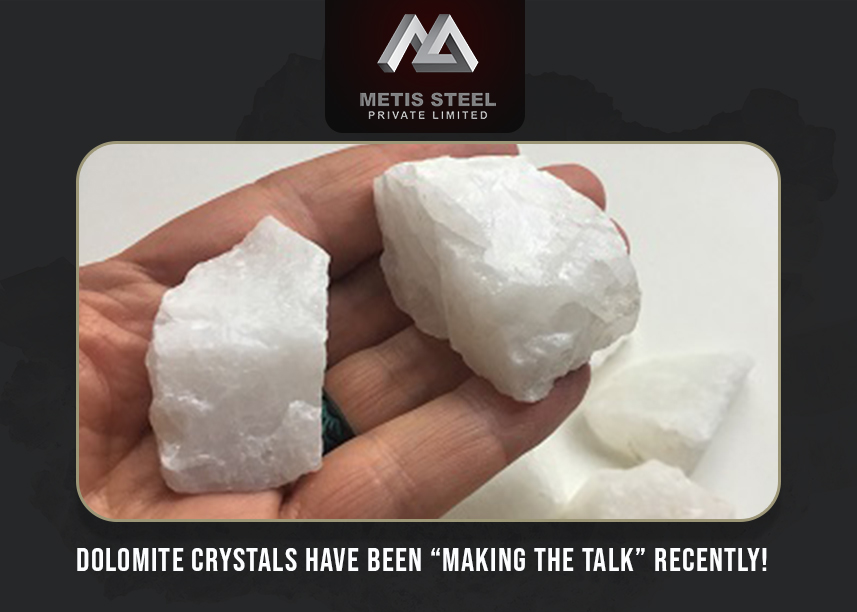The Quest To Know About Dolomite And The Relevance It Holds Today

The Quest To Know About Dolomite And The Relevance It Holds Today
According to dolomite mining companies, the mineral is commonly a rock-forming one. Dolomite is made up of calcium magnesium carbonate which has a chemical composition of CaMg(CO3)2. The stone formation of dolomite is known as dolostone. Moreover, it also has a metamorphic rock which is known as dolomitic marble.
Dolomite: Physical Identification:
- The physical description of dolomite is helpful for its identification. Dolomite consists of three directions, each having perfect cleavage. However, this may not be evident when there is the presence of fine-grained dolomite. The cleavage angles are easily visible when dolomite is coarsely crystalline.
- Dolomite consists of a Mohs hardness ranging between 3 ½ to 4. It is sometimes found in rhombohedral crystals with curved faces. It produces an extremely weak reaction to dilute, cold hydrochloric acid. When the acid is warm or has a powdery form, one can get to see a stronger acid reaction.
- The mineral bears a close resemblance to calcite. Calcite has a composition of calcium carbonate (CaCO3) whereas dolomite has calcium magnesium carbonate. These two minerals form the most common pairs presenting a mineral identification challenge. The biggest difference between these two minerals is to consider their acid reaction and hardness.
- Calcite consists of a hardness of 3. On the other hand, dolomite is slightly harder, ranging between 3 ½ to 4. Calcite can strongly react with cold hydrochloric acid. Dolomite, however, effervesces weakly with cold hydrochloric acid.
What Are The Uses Of Dolomite?
- As a mineral, dolomite has few applications. But dolostone has innumerable applications as it occurs in deposits and is large enough for mining. One of the most common applications for dolostone is in the construction sector where it forms a major raw material.
- Industries crush and size it for use as a road base material and also as an aggregate in asphalt, concrete, rip-rap, fill or railroad ballast. Moreover, one can also calcine it for the production of cement and cut it into pieces of a specific size, namely dimension stone.
- The reaction of dolomite with certain acids makes it extremely useful. It is ideal for acid neutralization in the chemical industries, as a soil conditioner, and also in-stream restoration projects.
- Additionally, it is also beneficial for feeding the livestock where it is a good source of magnesia. More applications include flux in metal processing and ingredients in brick production.
Conclusion:
When you are looking forward to using dolomite for various purposes, head over to the largest dolomite mining companies. Metis Steel gives the best priority while looking for the top industry. They have a team of professionals that provide you with excellent services.
